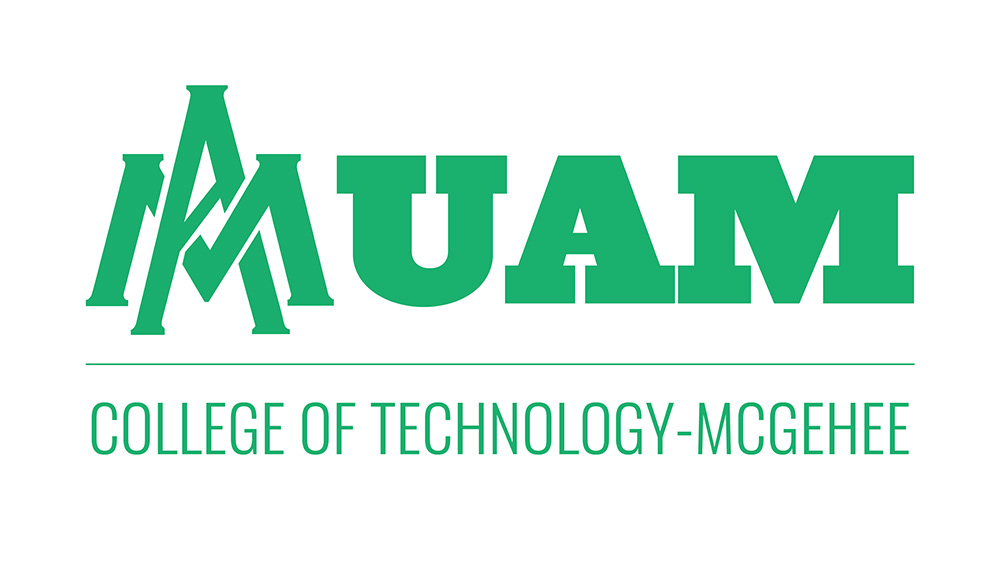LITTLE ROCK — Now that the 2021 tax filing deadline has come and gone, many consumers are eagerly awaiting their tax refunds and perhaps planning how to use them. While there’s endless spending possibilities, the best choice may be not to spend at all.
If you’re willing to delay gratification a while, a tax refund check can go a long way in helping consumers gain financial stability if used for paying down debt, building an emergency fund or saving toward a goal.
“It’s easy to go on a shopping spree or buy something you’ve wanted all year long,” said Laura Hendrix, associate professor and extension personal finance expert for the University of Arkansas System Division of Agriculture. “Before giving in to unnecessary spending, make sure you are in a secure financial situation.”
The IRS typically issues nine out of 10 refunds within 21 days of electronic filing, though the COVID-19 pandemic is causing delays in the process in some cases, according to the Internal Revenue Service’s website. The average payment is $3,263, which is $448 more than last year’s $2,815.
Before refunds arrive, taxpayers should have a strategy in place. A “spend some, save some” strategy is good for consumers who have some immediate expenses they need to cover.
IRS Form 8888 allows taxpayers to direct deposit their respective tax refunds across multiple accounts.
“You can split it up into different funds so that part of your money goes into a savings account and the other part goes into a checking account,” she said. “The part that goes into your savings is money you don’t see so you’re less likely to spend it.”
Hendrix also urged people to reflect on their values and their vision of how they want their life to be before spending.
“Most things in life come with a price tag — home ownership, a college education, a new car, a secure retirement. Visualize that and know that we are all using our resources — our time and our money — to achieve our dreams. With some delayed gratification, that tax refund can be a step toward attaining your dream.”
Hendrix offers these tips for making the most of your tax refund:
Pay down debt. Use at least part of the refund to pay off credit card debt. Make additional payments to the principal amount on home or car loans to reduce the amount you will pay in interest.
Save for a rainy day. Personal finance experts recommend you save enough to cover at least two to six months of expenses, so you don’t have to borrow money to pay for a major car repair, medical emergency, or other unexpected expense. If you don’t have an emergency fund, use your tax refund to start one.
Save for future financial goals. Put tax refund money into a retirement or investment fund where it can grow, or set aside money for long-term goals such as buying a home, a car or paying for college.
For more information about personal finance, visit www.uaex.uada.edu/Money and follow @uaexMoney on Facebook and Twitter. To learn about extension programs in Arkansas, contact your local Cooperative Extension Service agent or visit www.uaex.uada.edu. Follow us on Twitter and Instagram at @AR_Extension.




